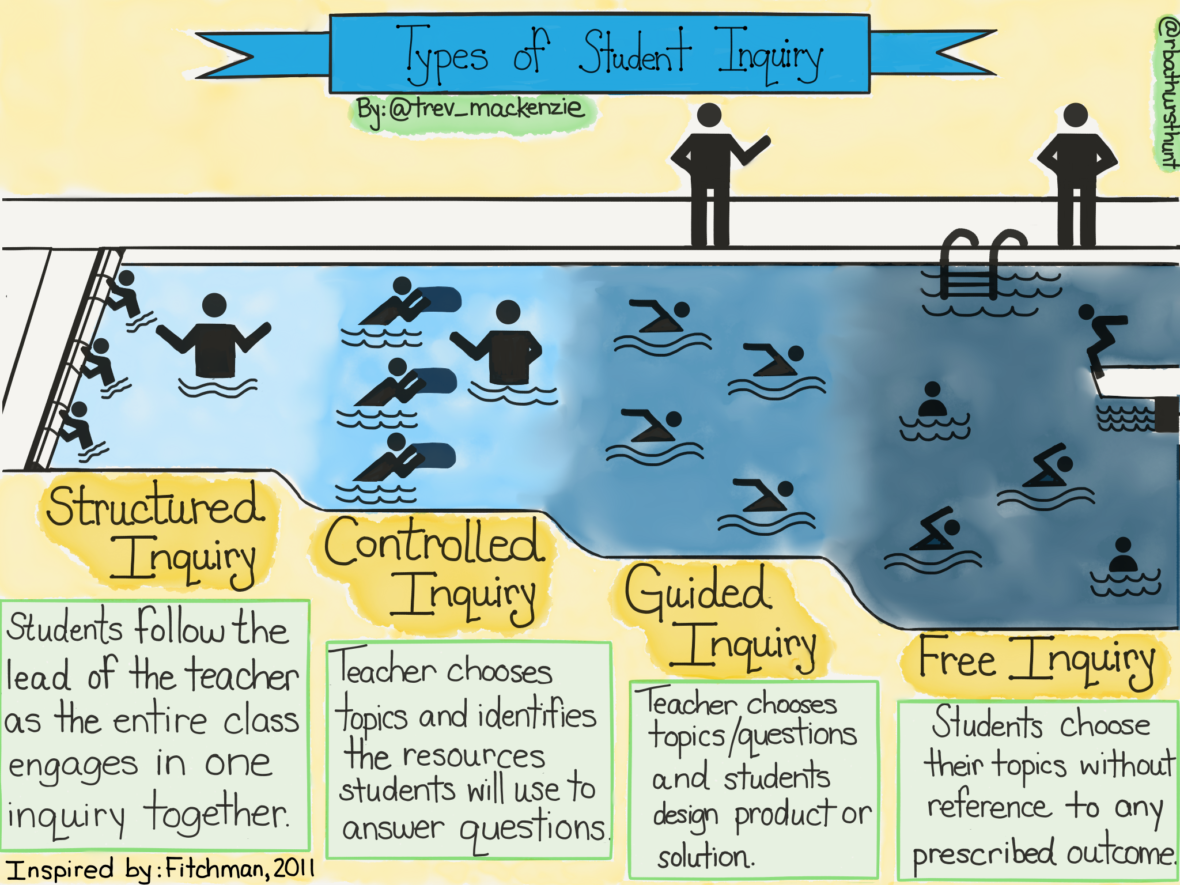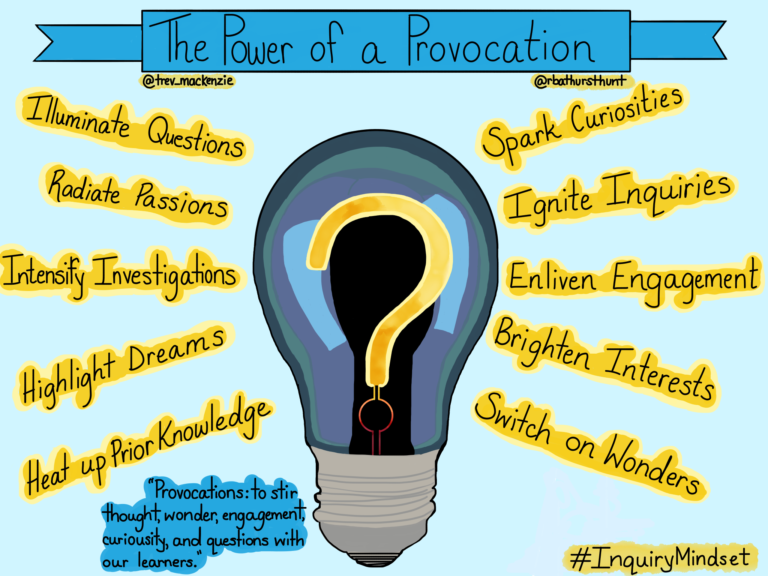Archive of ‘digital storytelling’ category
Immersive Storytelling and Learning
An Imaginary Interview with Lev Vygotsky on Immersive Storytelling and Learning
Ulla, Founder and CEO of ThingLink
digital storytelling at the Festival Della Didattica Digitale (Digital Teaching Festival) in Italy.
the trending but undefined concepts of digital storytelling and immersive learning
definition
Storytelling is a logical form of thought. It is an analytical process including perception, labeling, organizing, categorizing real and imaginary objects and their real and imaginary relations in speech.
Q: What do you think immersive documentation technologies such as 360 images and videos can bring to this process?
V: 360 degree media and virtual reality are cultural-historically developed tools that mediate our relationship to the world in a new way. They expand the possible fields of perception transcending space and time. Perception precedes other psychological functions.
Definition
Immersive storytelling can be understood as an activity through which students use language to visualize relations and meaning in 360 degree digital environments. Naming or describing relations between objects in our field of perception using verbal or visual language awakens intellectual processes fundamental to learning.
Q: Would you say immersive storytelling is a form of creative play?
V: That is a possible interpretation. Play is a psychological process through which we create an imaginary situation or place, reflecting or separating objects and their actual meaning, or creating new meanings. The ability to digitally create and modify situations and environments can be understood as a form of play, opening a realm of spontaneity and freedom, connected with pleasure.
Q: Can robots help us learn? Is AI already the More Knowledgeable Other?
V: The More Knowledgeable Other (MKO) refers to anyone or anything who has a better understanding or a higher ability level than the learner, with respect to a particular task, process, or concept. If a robot with artificial intelligence can function as an MKO and support our problem solving, it can expand our Zone of Proximal Development.
more on digital storytelling in this IMS blog
https://blog.stcloudstate.edu/ims?s=digital+storytelling
SITE 2019
SITE 2019 Society for Information Technology and Teacher Education
http://site.aace.org/conf/
March 18-22, 2018
http://www.learntechlib.org/search/?q=digital+storytelling
+++++++++++++++++
Games & Simulations Papers in LearnTechLib
+++++++++++
++++++++++++++
+++++++++++++++
K-12 Online Learning Papers in LearnTechLib (10,000+)
++++++++++++
more on digital storytelling in this IMS blog
https://blog.stcloudstate.edu/ims?s=digital+storytelling
digital storytelling tools
Six Good Digital Storytelling Tools In One Place
The same people who created Timeline JS, Knight Lab at Northwestern University, offer five other tools for creating and publishing digital stories.
Juxtapose JS from Knight Lab is a free tool for making and hosting side-by-side comparisons of images. The tool was designed to help people see before and after views of a location, a building, a person, or anything else that changes appearance over time. Juxtapose JS will let you put the images into a slider frame that you can embed into a webpage where viewers can use the slider to reveal more or less of one of the images.
Storyline JS is one of the newer Knight Lab offerings. This beta product is designed to help students tell stories with data. The basic purpose of Storyline JS is to help students can create interactive line graphs. Students add annotations to the data points their line graphs. Those annotations are used to tell the story of the data represented in the graph.
Scene VR is another beta product from Knight Lab. The purpose of Scene VR is to enable users to stitch together panoramic images and VR images to create an immersive photo story. Stories published through Scene VR can be embedded into websites and viewed on desktop computers as well as on tablets and mobile phones.
If you want to embed audio into a written story, Soundcite JS is the tool for you. Soundcite JS lets you add audio clips to a written story. When Soundcite JS is properly used, a play button appears where you specify in the text. For example, if I wrote a story that included a scene in which a dog barks, I could have “the dog barks at the stranger” be highlighted with a play button that when clicked plays the sound of a dog barking.
StoryMap JS lets you combine elements of timelines and maps to create mapped stories. On StoryMap JS you create slides that are matched to locations on your map. Each slide in your story can include images or videos along with text. As you scroll through your story there are simple transitions between each slide. StoryMap JS integrates with your Google Drive account. To get started with StoryMap JS you have to grant it access to your Google Drive account. StoryMap JS will create a folder in your Google Drive account where all of your storymap projects will be saved. With StoryMap JS connected to your Google Drive account you will be able to pull images from your Google Drive account to use in your StoryMap JS projects. Here’s a good tutorial video made by Jan Serie Center’s Digital Liberal Arts initiative at Macalester College.
+++++++++++++++++
more on digital storytelling in this IMS blog
https://blog.stcloudstate.edu/ims?s=digital+storytelling
storytelling AR and VR tools
Unleash the Power of Storytelling With These New AR and VR Tools
By Jaime Donally (Columnist) Apr 4, 2018
Teachers can bring VR stories into the classroom in many different ways for meaningful learning experiences. Imagine a scavenger hunt where students narrate a story based on what they find. Or consider using objects they see to identify vocabulary words or recognize letters. Students should have purpose in their viewing and it should directly connect to standards.
Starting with virtual reality, stories in apps such as Google Spotlight Storiesand YouTube 360 videos have been popular from the start.
Similar to the new movie, Ready Player One, they provide an intense experience where the viewer feels like they are in the center of the story.
Using a mobile device or tablet, the student can start the story and look around the scene based on their interest, rather than the cameras focus. New apps such as Baobab VR have continued to appear with more interactions and engagement.
A creative way to have your students create their own virtual stories is using the app Roundme. Upload your 360 image and add directional sound, links and content. Upload portals to walk the viewer into multiple scenes and then easily share the stories by link to the story.
Newer augmented reality apps that work with ARKit have taken another approach to storytelling. Augmented Stories and My Hungry Caterpillar.Qurious, a company that is working on a release blending gaming, making and storytelling in one app.
Storyfab, turns our students into the directors of the show
A new AR book, SpyQuest, has moved the immersive experience a big step forward as it helps define the story by bringing the images to life. Through the camera lens on a device, the stories make students the agents in an adventure into the world of espionage. The augmented reality experiences on the images use the accompanying app to scan the scene and provide further insight into the story.
+++++++++++++
more on storytelling in this IMS blog
https://blog.stcloudstate.edu/ims?s=digital+storytelling
more on VR and storytelling in this IMS blog
https://blog.stcloudstate.edu/ims?s=virtual+reality+storytelling
student digital storytellers
Check out our LIB 490/590 Digital Storytelling class: http://web.stcloudstate.edu/pmiltenoff/lib490/ Subscribe: https://www.facebook.com/groups/SCSUDigitalStorytelling/ Share your thoughts and ideas: https://goo.gl/forms/pbtikak6M45YRp0z2
++++++++++++
A Guide to Producing Student Digital Storytellers
By Michael Hernandez Aug 26, 2015 https://www.edsurge.com/news/2015-08-26-a-guide-to-producing-student-digital-storytellers
What is Digital Storytelling?
Digital storytelling uses video, audio, social media, blogging and other tools to convey ideas and information effectively. The emphasis is on empowering students to create authentic products that they can share with others beyond the classroom walls, and to allow for audience interaction and feedback.
why should we inspire students to be digital storytellers?
Requires critical thinking: Creating an interdisciplinary product from scratch requires high level thinking skills like evaluating evidence, editing and curation, and production timelines. Digital stories often use multiple skills like writing, public speaking, photography, design and collaboration in a single project which makes them ideal for practicing skills learned other units or classes.
Authentic projects have impact: Creating real-world, impactful products that students share with an audience beyond the classroom is one of the best ways to enhance motivation and increase quality.
Places focus on writing: A picture is worth a thousand words, and video is 30 photos a second. It has its own grammar and style, but concepts of content, structure, tone and audience impact are just as important in multimedia as they are for an essay. Scripts, voiceovers and interview questions emphasize traditional writing skills and are the backbone of all multimedia projects.
Develops digital citizens: What to post online, when and how are all important questions for our students to learn to answer. Require them to comment on others’ work and develop etiquette for online posts and feedback. Rather than being afraid of the internet, embrace it to teach digital citizenship.
Students can add to digital portfolios: All student work can be compiled into a digital portfolio that they can use to promote themselves for jobs/internships
How to Educate Digital Storytellers
1. Focus on content, not the tools
2. Take it to the next “SAMR level.” The SAMR model is a way to gauge how deeply and effectively you use technology (Salvador Dali)
3. Develop expectations and outcomes
4. Start small
5. Evaluate early on and often
+++++++++++++
http://edtechteacher.org/tools/multimedia/digital-storytelling/
++++++++++++
How to Use Digital Storytelling in Your Classroom
++++++++++++
more on digital storytelling in this IMS blog
https://blog.stcloudstate.edu/ims?s=digital+storytelling
student inquiry
Type of Student Inquiry
https://www.kqed.org/mindshift/50620/how-to-ease-students-into-independent-inquiry-projects
The excerpt below is from the book “Inquiry Mindsets: Nurturing the Dreams, Wonders, and Curiosities of Our Youngest Learners,” by Trevor MacKenzie with Rebecca Bathurst-Hunt, published by EdTechTeam Press.

Scaffolding is critical to our inquiry journey. Too often teachers enter the inquiry pool in the deep end, heading straight to Free Inquiry

++++++++++++
more on student inquiry in this IMS blog
https://blog.stcloudstate.edu/ims?s=student+inquiry
data storytelling
3 Reasons Why Data Storytelling Will Be A Top Marketing Trend of 2018
Here are things that can help you build a bridge from your current methods to effective data storytelling–
- Choose a topic by identifying your target audience, the goal of your visual, what you would like to achieve.
- Organize your data by thinking about what you want to convey and then get rid of anything that doesn’t help you tell that story.
- Spend time making your visualization look sharp by keeping it simple, using color and interactivity.
A few bonus tips to make your data visualizations really pop–
- Don’t use more than two graphs at a time so as not to confuse participants.
- Stick with one color per graph; making things multicolored will cause data to look jumbled.
- Give context to your concept. Introduce your idea slowly and tell the story of what you want your data to reveal instead of assuming everyone in the room is on the same page.
- Try using interactive data storytelling techniques to support your data.
more on digital storytelling in this IMS blog
Digital Stories Across The Curriculum
Digital Stories Across The Curriculum
use storytelling to shape students’ learning experience, create connections across content areas
brain research suggests when students have an opportunity to retrieve information, rehearse, interleave concepts, and make connections, this promotes memory making and forgetting is less likely to occur.
digital tools such as: imovie, adobe spark, chatterpix, writereader and shadowpuppet
share your tools:
http://web.stcloudstate.edu/pmiltenoff/lib490/tools.html
++++++++++
more on digital storytelling in this IMS blog
https://blog.stcloudstate.edu/ims?s=digital+story
digital curation
+++++++++++++++
+++++++++++++++
+++++++++++++++
http://digitalcuration.umaine.edu/
+++++++++++
Unger on digital curation
https://blog.stcloudstate.edu/ims/2016/12/06/digital-curation/
more on digital storytelling in this IMS blog
https://blog.stcloudstate.edu/ims?s=digital+storytelling
more on data literacy in this IMS blog
https://blog.stcloudstate.edu/ims/2017/09/19/scopus-webinar/